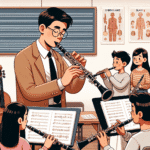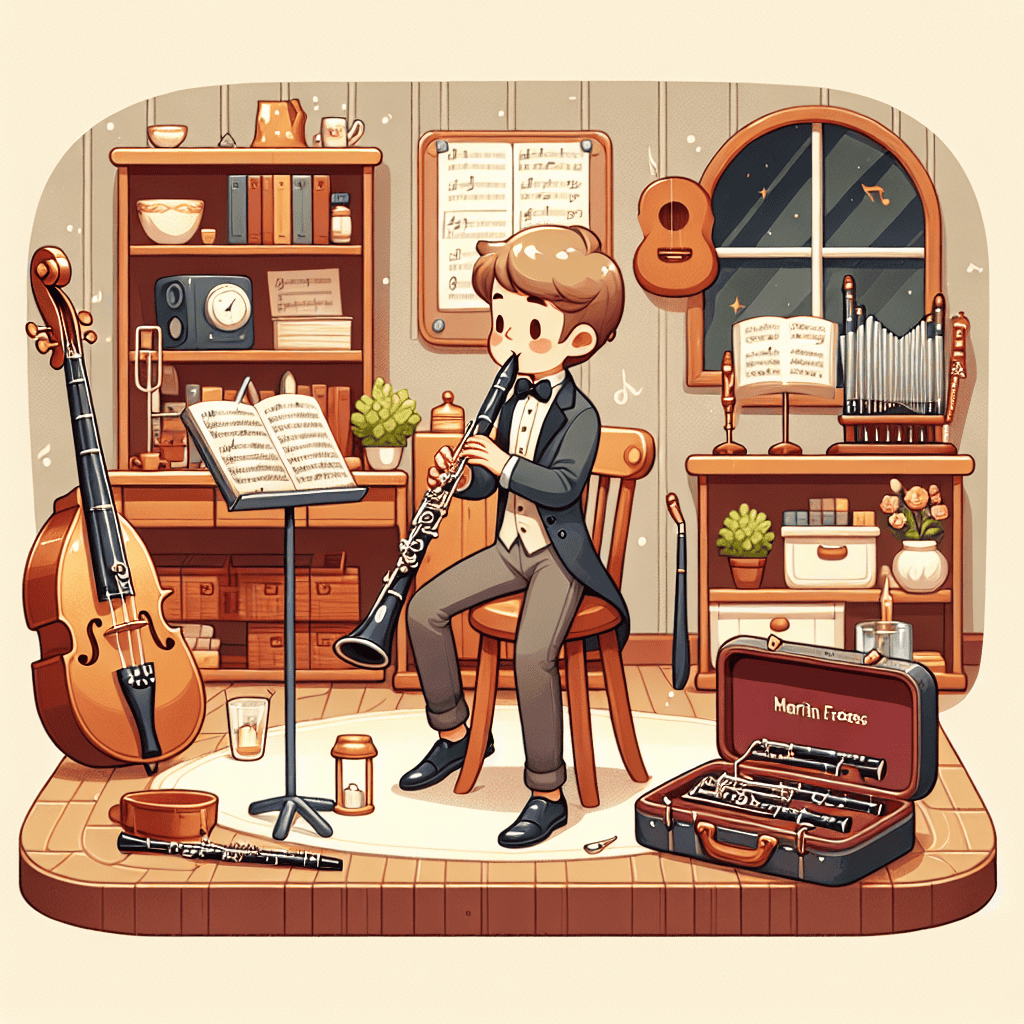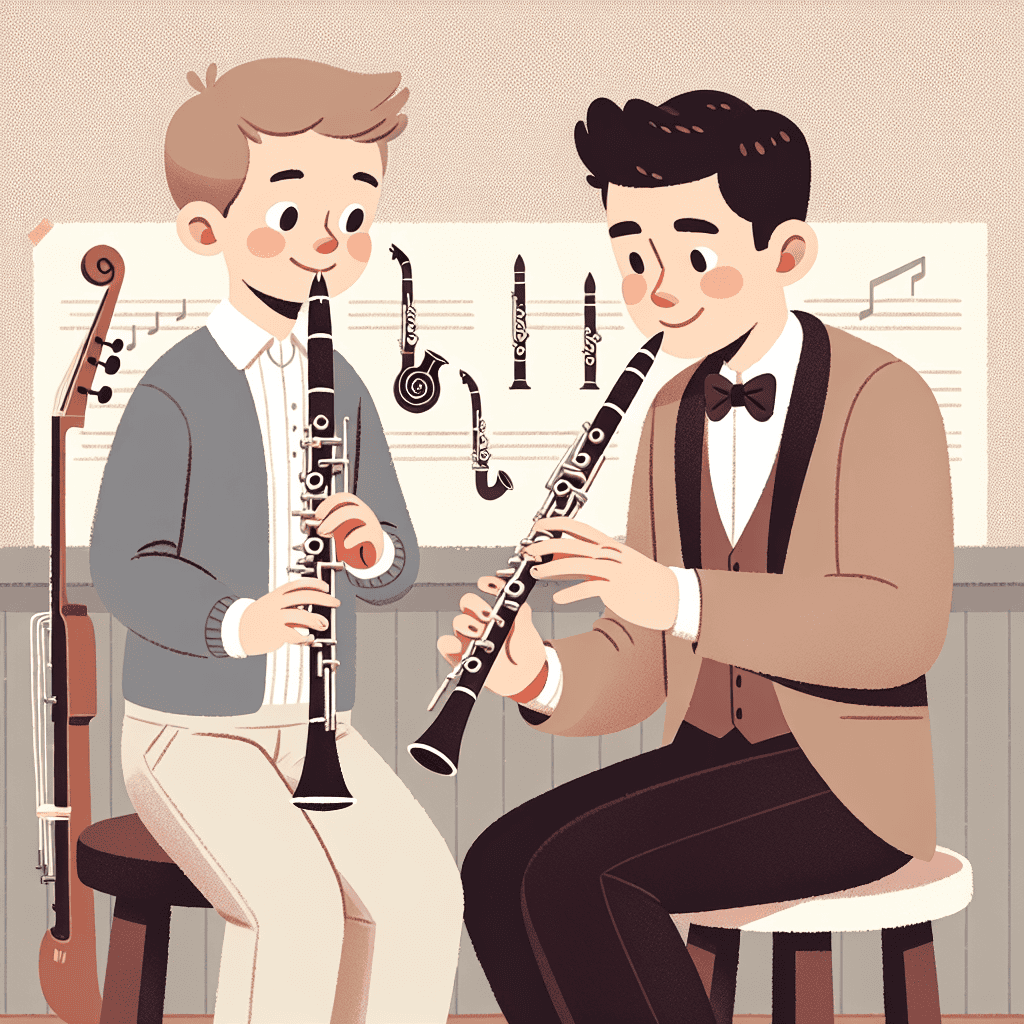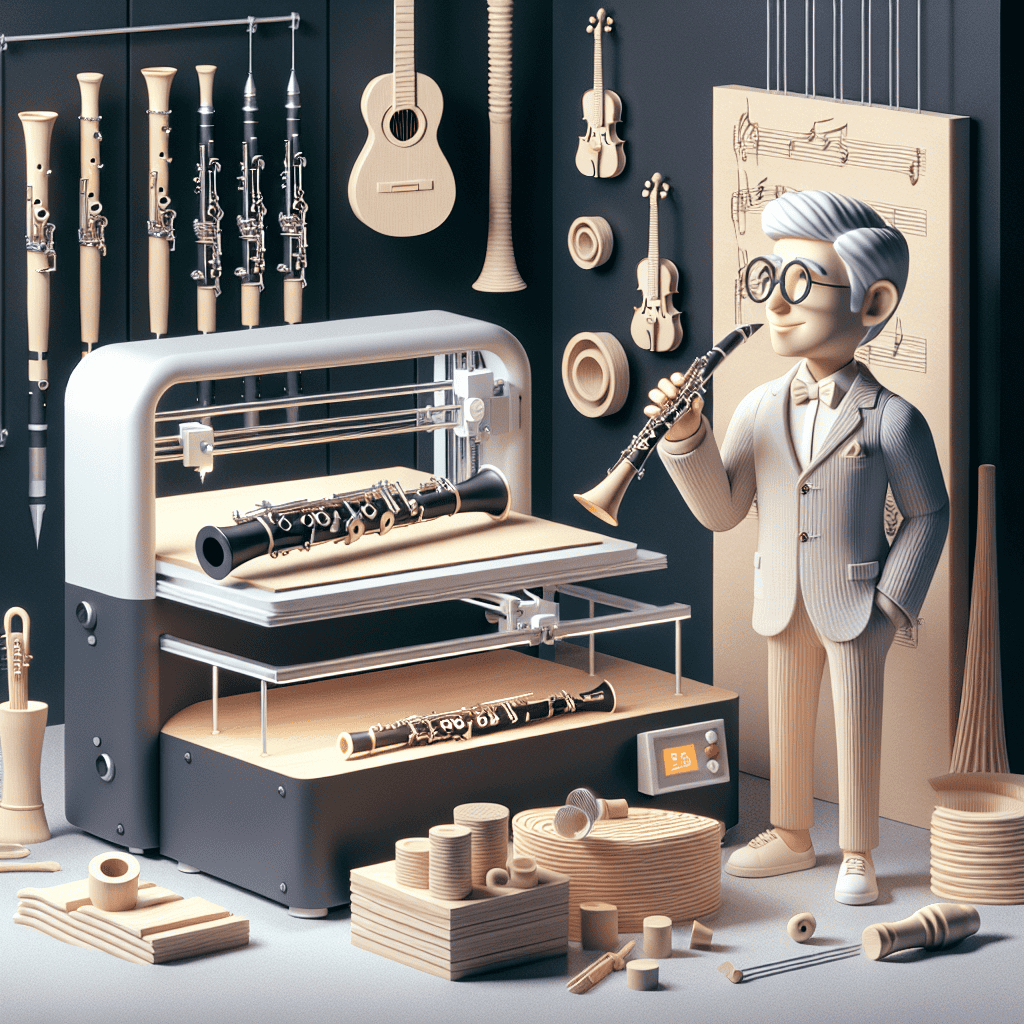Teaching or learning the clarinet is like setting out on an exciting adventure—there's always something new to uncover, enhance, or polish. Whether you're a seasoned educator, a fresh-faced student, or somewhere in between, the rich world of clarinet pedagogy resources offers endless possibilities for growth. Let's explore what these resources involve, why they're important, and how they can boost your understanding of this wonderful instrument.
Clarinet pedagogy encompasses a broad spectrum of topics, from introducing beginners to the basics to honing advanced performance techniques. At its core, effective teaching combines enthusiasm, quality materials, and hands-on advice to inspire students and help them improve. Since every clarinetist is different, the choice of books, exercises, and even the type of clarinet all contribute to their development. When it comes to reliable instruments, names like Martin Freres often come up in conversation!
Choosing the Right Method Books to Spark Progress
Method books are essential for clarinet instruction. These reliable guides take students from basic fingerings to intricate passages. Finding the ideal method book for a student's level can be quite a quest. For beginners, popular resources often focus on fundamental techniques such as proper breathing, finger placement, tone production, and posture.
| Skill Level | Focus Areas | Common Techniques |
|---|---|---|
| Beginner | Fundamentals | Breathing, finger placement, tone production, posture |
| Intermediate | Refinement | Articulation, key transitions, intonation |
| Advanced | Mastery | Complex passages, advanced techniques, interpretation |
More experienced players often prefer books that focus on refining articulation, smooth key transitions, and precise intonation. It's fascinating to see how different publications cater to various teaching approaches. Some emphasize repetitive practice with clear objectives, while others encourage creativity and personal expression. The key is finding what works best for each individual. Experienced teachers often mix and match multiple resources to keep their lessons engaging and relevant!
Utilizing Etudes and Repertoire to Expand Skills
Let's not forget about the power of etudes and repertoire. Etudes, designed as musical studies, tackle specific challenges like phrasing, dynamics, and precise finger movement. These exercises not only hone particular skills but also boost confidence. Many educators love exploring pieces suitable for intermediate clarinetists, which often strike a balance between technical practice and musical expression. If you're progressing beyond the beginner stage, it might be time to try a few!
Repertoire introduces students to real-world performance pieces. As students advance, exploring well-known compositions can foster a deeper appreciation for the clarinet's expressive range. Accomplished clarinetists like those playing Martin Freres instruments can inspire students and help them envision their own future success.
Emphasizing the Art of Listening and Mimicking
We often hear that “listening is half the learning.” This couldn't be more true for clarinet students! Listening to skilled players teaches tone, phrasing, and musical subtleties in ways that sheet music alone can't convey. YouTube, online clarinet forums, and professional recordings offer easily accessible platforms for students to observe and learn from expert performers.
By imitating the sound of renowned clarinetists, students begin to assemble the auditory puzzle of creating truly expressive music. This listening practice builds layers of understanding that eventually lead to intuitive playing—a crucial step for all musicians.
Fostering a Culture of Group Practice
Clarinet players shouldn't practice in isolation. Joining an ensemble or forming a practice group can be incredibly beneficial! Spending time with peers not only creates friendships but also introduces new learning opportunities. Combining individual lessons with group activities often yields fantastic results, especially when it comes to improving coordination and timing in a live setting.
Furthermore, ensembles challenge clarinetists to adapt on the fly—they must blend their sound with other sections while maintaining individual accuracy. Schools, community bands, and local orchestras often provide excellent opportunities for this kind of growth.
Tech and App-Based Innovations for Clarinet Learning
This is where innovation meets practicality! Technology has become an integral part of clarinet pedagogy in ways we couldn't have imagined before. Various apps and software for tuning, metronome practice, and even game-like lessons have become valuable tools for today's students.
Picture using an app to perfect a trill in minutes or practicing tempo with a smart metronome that tracks your progress. These digital aids act like an extra set of hands, helping teachers guide their students towards greater precision.
Encouraging Strong Maintenance Habits
Like all instruments, clarinets need care. Over time, normal use leads to wear and tear – pads may loosen, reeds wear out, and keys might need adjusting. Learning how to maintain your instrument is an essential part of clarinet education!
If you're not already emphasizing maintenance to your students, now's the time to start. Encourage them to regularly condition their clarinet, clean it after each practice session, and store it properly in its case. Teachers can even explore the inner workings of instruments like Martin Freres clarinets, pointing out what to look for when keeping the equipment in top shape. Remember, great sound starts with proper care!
Developing Patience Within Pedagogy
It's easy to forget that mastering an instrument takes time. Teachers who support their students through both successes and setbacks help build resilience. Similarly, students need to understand that consistent, focused practice is more valuable than rushing to reach the next milestone.
Engagement works both ways. When flexible teaching methods meet motivated learners, it creates a classroom atmosphere that sparks creativity. Reflecting on my experiences with both budding and seasoned clarinetists, the most valuable lesson remains: no one becomes an expert overnight.
In the end, whether it's introducing a Martin Freres clarinet, suggesting a fun set of exercises, or simply offering words of encouragement, effective teaching elevates clarinet artistry. Find the methods and tools that resonate with you, and above all, enjoy making music!
Table of Contents
- Choosing the Right Method Books to Spark Progress
- Utilizing Etudes and Repertoire to Expand Skills
- Emphasizing the Art of Listening and Mimicking
- Fostering a Culture of Group Practice
- Tech and App-Based Innovations for Clarinet Learning
- Encouraging Strong Maintenance Habits
- Developing Patience Within Pedagogy







